Contents

Acknowledgments
Life is a journey, a journey is music, music is energy and energy is life, as the Tuareg saying goes. My first childhood memories are about a backpack. I remember how glad I was when I saw the backpack on the back of my father, as to me it symbolized hiking and exploration. I was about 6 years old when I decided that I will become a geographer explorer. Since then, I have been to several exciting places in the world, I was engaged in geographic issues as a State Secretary in the Ministry for National Economy in Hungary and as an Executive Director at the Magyar Nemzeti Bank (Central Bank of Hungary). I had the opportunity to assist in the implementation of numerous economic development programs, and we launched a geopolitical foundation as well as the geopolitical journal HUG.
The preparation and writing of this book started in 2015. Gyrgy Matolcsy, the Governor of the Central Bank of Hungary, encouraged me to distil the thoughts from the recent analyses and research from my favourite fields, i.e. to write a book about geostrategy, geoeconomics and the new, creative and intriguing initiatives of the 21st century. In the summer of 2015, thousands of pages of documents, studies and analyses were collected, then we started organizing, refining and constructing the outlines of the book week by week, and I used this as a basis when I began arranging the material into a coherent whole to describe our shared geo-moment. As for every book, this is also the result of the works of many people. I would like to take this opportunity to express my gratitude to Gyrgy Matolcsy, with whom I have been working for more than a decade, whom I can constantly learn from, and who lets me pursue my passion in my career, providing me with countless new ideas through his insights. I am grateful to my colleagues who have been helping me for over 5 years in processing the studies by the worlds leading strategic thinkers, scientific workshops and think tanks. I also owe thanks to Zoltn Csfalvay who has been teaching me since 2000 how wide-ranging thorough research can be and that our world presents its new and colorful side to us when we examine it through the lens of geography. I am immensely grateful to Professor Istvn Tozsa for reviewing my book with expert eyes, and for helping me in its finalization with their different approaches and observations.
In recent years, several exciting geopolitical and strategic thinkers have been invited to Hungary, and there have been several great personal meetings and professional cooperations organized by PAIGEO, and I would like to take the opportunity and thank the following magnificent thinkers: Parag Khanna, George Friedman, Noah Raford, Bruno Giussani, David Rowan, Tina Saaby, Richard Florida, Sugarta Mitra, Simon Anholt, Arjun Apparudai, Leonard Brody, Yukon Huang, Abishur Prakash, Lszlo Albert Barabsi, and Mihly Csikszentmihlyi.
Thank you for World Scientific Publishing (Singapore) staffs attentiveness, for their competent and careful work, attention, and the professionalism of the editors and associates of the company: Sylvia Koh, Herbert Moses, Madeleine Jeschke, and Jiang Yulin.
I would also like to thank Bence Gspr, Kata Paulin, and Catherine Feurverger for translating the book into English.
I am much obliged to everyone, including our professional partners, the universities, institutions and think tanks with whom I have had the privilege of working, for the mutual inspiration we provide to each other in our work, and for joining me in the exploration of new ideas, memes, domains and research, and the building of this special geo-moment of the 21st century in which we live.
I thank my wife and my children for their support and their endless love. They teach me so much every day, they never cease to inspire me, and they show me completely new approaches. I am grateful to my parents for trusting me and spurring me on to constantly explore and seek to understand the world.
Norbert Csizmadia
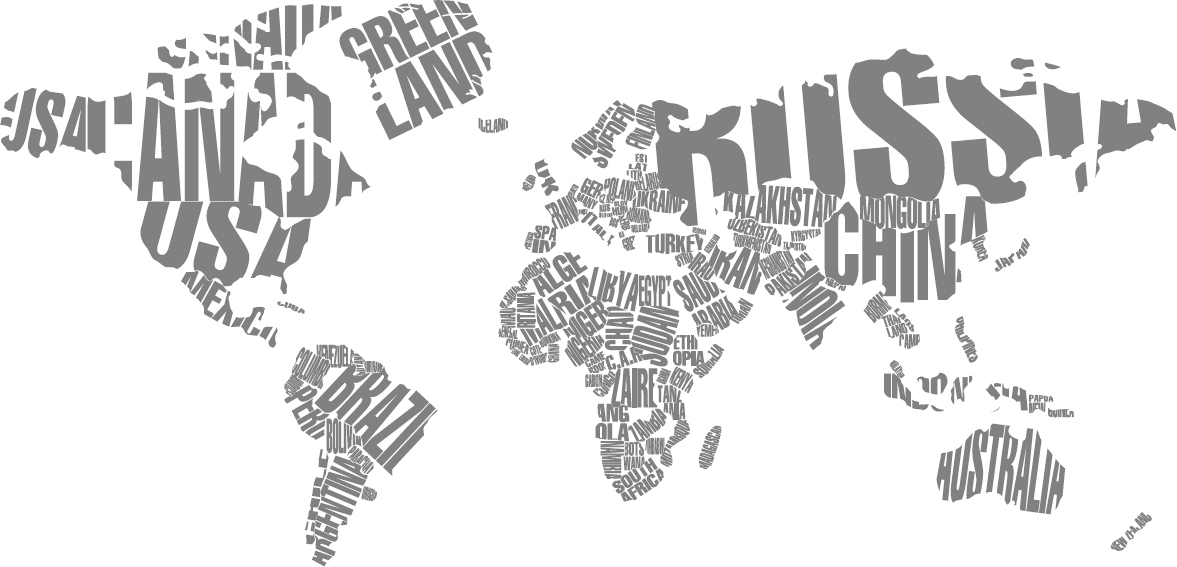
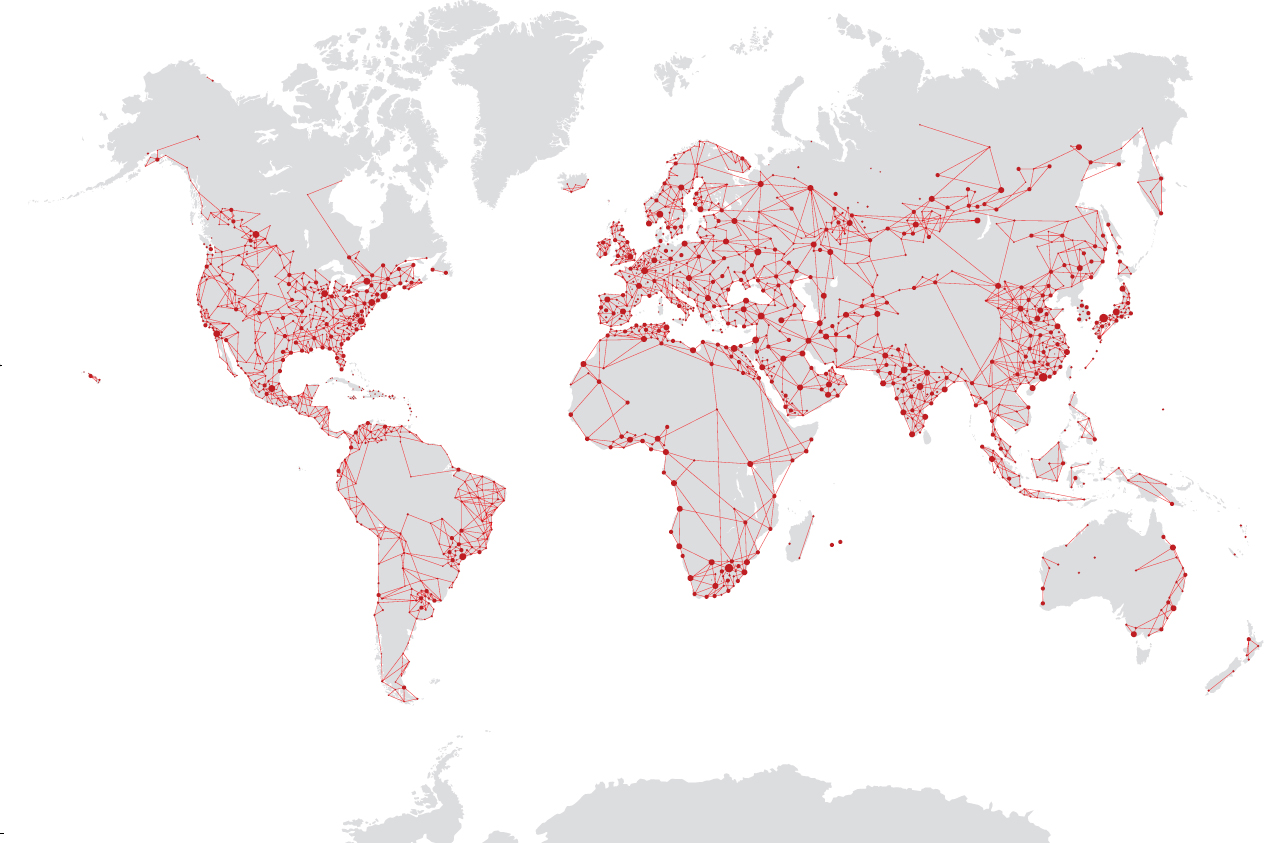
About the Author
 Norbert Csizmadia is a Hungarian geographer, world traveler, and expert in economic strategy, geostrategy, and geopolitics. He is the former State Secretary for the Ministry for National Economy, and a former Executive Director of the Central Bank of Hungary in charge of economic strategy and planning. He is President of the Board of Trustees at Pallas Athne Innovation and Geopolitical Foundation, and is Chief Editor of Hungarian Geopolitics (HUG) magazine.
Norbert Csizmadia is a Hungarian geographer, world traveler, and expert in economic strategy, geostrategy, and geopolitics. He is the former State Secretary for the Ministry for National Economy, and a former Executive Director of the Central Bank of Hungary in charge of economic strategy and planning. He is President of the Board of Trustees at Pallas Athne Innovation and Geopolitical Foundation, and is Chief Editor of Hungarian Geopolitics (HUG) magazine.
Chapter 1
Why is Geography Important in a Globalizing World?
Globalization is not only a feature of our time, but also a trend that is unfolding over a longer historical horizon. The ancient Roman Empire can in fact be regarded as an undeniably globalized arrangement, unifying a major part of the world as was known at that time. Major milestones paving the way to globalization have included the great geographic discoveries, from the discovery of America to Magellans first voyage around the world and, much later, the expeditions to discover the unknown internal territories of various continents up until the 19th century. The unquestionable milestones of globalization were the colonial empires of the 19th century spanning most of the world, among which the largest, the British Empire, covered 22% of the worlds territory and constituted 20% of its population. It was held together in a unified administrative and economic framework when it was at its peak in 1922. Although the large empires disintegrated, with the USA and Russia being the only exceptions, unification picked up speed and spread at a pace that was unfathomable in the past.
Today, human society and the economy along with it have been radically transformed in the wake of globalization. The integration and the rise of networks within the global economy is unfolding at an accelerating pace from one decade to the next. The elimination of barriers within the economy, the global unification of standards and the global homogenization of consumption habits have given rise to a global economy that is increasingly becoming a unified whole and behaving like a single unit. This unification is also apparent in the global networks maintained by major financial institutions, spanning global hubs from Hong Kong to New York and from London to Buenos Aires, allowing capital to flow freely between the different regions of the world. Therefore, it is no surprise that the role of geographic space has also been radically transformed in this new economic and social structure. The significance of geographic location and physical distance seems to be disappearing completely. In the wake of falling transportation costs and technologies spanning physical space, distances are shortening and space is becoming denser.
The End of Geography? OBrien was Wrong
In the early 1990s, British economist Richard OBrien published his book, Global Financial Integration: The End of Geography, which provided an analysis of the global financial system, and instantly made him the central figure of the debate on the role of space within our globalized world. OBrien argued that even at the time of writing his book, tens of billions of dollars were trading hands on international money markets, and likewise, tens of billions of dollars could be transferred from one point of the world to another in a matter of mere seconds thanks to modern information technology (IT). OBrien predicted that a state of economic development where geographical location no longer matters was not far away.

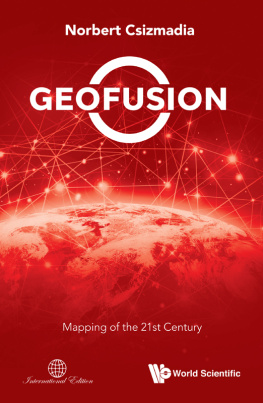


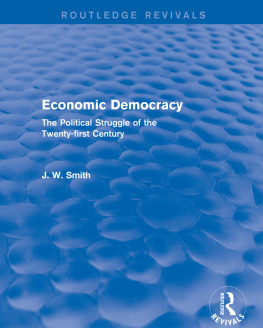
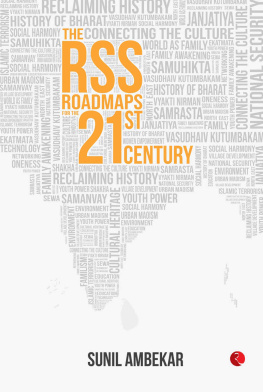

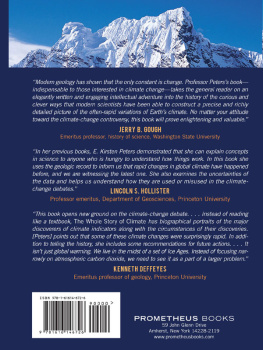



 Norbert Csizmadia is a Hungarian geographer, world traveler, and expert in economic strategy, geostrategy, and geopolitics. He is the former State Secretary for the Ministry for National Economy, and a former Executive Director of the Central Bank of Hungary in charge of economic strategy and planning. He is President of the Board of Trustees at Pallas Athne Innovation and Geopolitical Foundation, and is Chief Editor of Hungarian Geopolitics (HUG) magazine.
Norbert Csizmadia is a Hungarian geographer, world traveler, and expert in economic strategy, geostrategy, and geopolitics. He is the former State Secretary for the Ministry for National Economy, and a former Executive Director of the Central Bank of Hungary in charge of economic strategy and planning. He is President of the Board of Trustees at Pallas Athne Innovation and Geopolitical Foundation, and is Chief Editor of Hungarian Geopolitics (HUG) magazine.